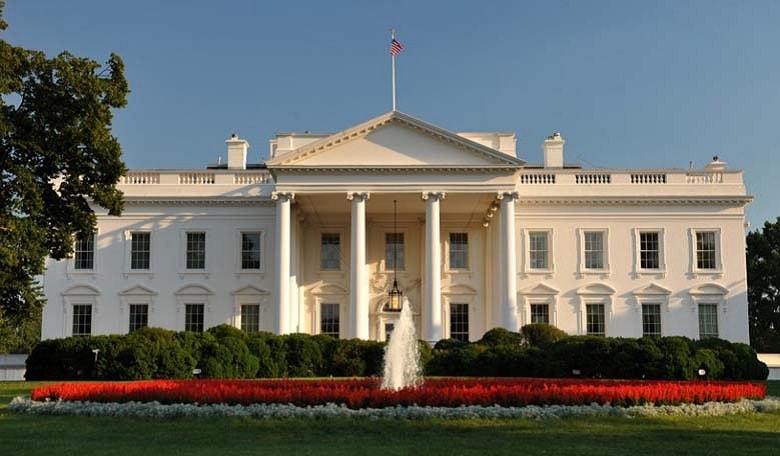Released on February 9, the Obama Administration's final budget request proposes a $19.025 billion budget for NASA for the 2017 fiscal year, down $260 million from the agency's 2016 budget.
The proposed budget makes some changes in how the funding is distributed within the agency, moving some funds from the Space Launch System and Orion programs to aeronautics and space technology.
Congress is expected to fiercely oppose the proposed budget, as both House and Senate leaders have already made statements to the effect that the administration's overall budget request will be considered dead on arrival. These include parts of the NASA proposal.
“I understand that it’s not necessarily at the profile in some areas that Congress asked,” said David Radzanowski, NASA’s chief financial officer, in a February 9 teleconference with reporters. “This is the administration’s proposal as to how to provide a balanced NASA budget, both for exploration and across other areas.”
Exploration systems are facing the biggest cut, as their proposed funding of $3.3 billion is down nearly $700 million from the final omnibus bill. The proposal offers $1.31 billion for SLS, a cut of nearly $700 million from what it received in 2016, and $1.12 billion for the Orion crew vehicle, a cut of about $150 million.
That aspect of the proposal almost immediately generated criticism from industry groups and Congress. “We are deeply concerned about the Administration’s proposed cut to NASA’s human exploration development programs,” said Mary Lynne Dittmar, executive director of the Coalition for Deep Space Exploration, in a statement. “This proposed budget falls well short of the investment needed to support NASA’s exploration missions.”
“This administration cannot continue to tout plans to send astronauts to Mars while strangling the programs that will take us there,” said Rep. Lamar Smith (R-Texas), chairman of the House Science Committee, in a February 9 statement about the NASA budget. “This imbalanced proposal continues to tie our astronauts’ feet to the ground and makes a Mars mission all but impossible.”
Radzanowski said that the budget supports a 2018 launch of the first SLS/Orion mission, Exploration Mission (EM) 1, and a 2023 launch of EM-2. Progress made to date thanks to increased funding, though, could still allow an EM-2 launch as early as 2021.
NASA's science programs budget would remain largely unchanged from 2016 ($5.6 billion), although some of the funds will be distributed differently – Earth science would get an increase of $111 million, while planetary science would be cut by that amount. The proposal includes nearly $50 million for a Europa mission, far less than the $175 million appropriated in 2016.
The proposed budget includes $217 million for the Asteroid Redirect Mission, the agency’s three-year-old proposal to send a robotic spacecraft to a near Earth asteroid and bring back a boulder from it to cislunar space to be visited by astronauts. That request includes $66.7 million for work on the robotic spacecraft, called the Asteroid Redirect Robotic Mission (ARRM).
Space technology came out ahead in the budget, with a proposed $827 million allocation, a $140 million increase from 2016. These funds would be used for a number of programs, including satellite servicing and development of solar electric propulsion.
The aeronautics division funding has also increased, by $150 million from 2016 – amounting to $790 million in the request. This funding request is part of a 10-year, $10.6 million plan that includes the development of several experimental “X-planes” to demonstrate new fuel-efficient technologies and supersonic flight that minimizes sonic booms.











